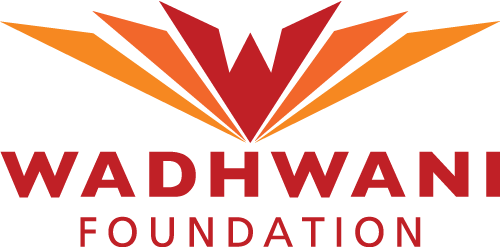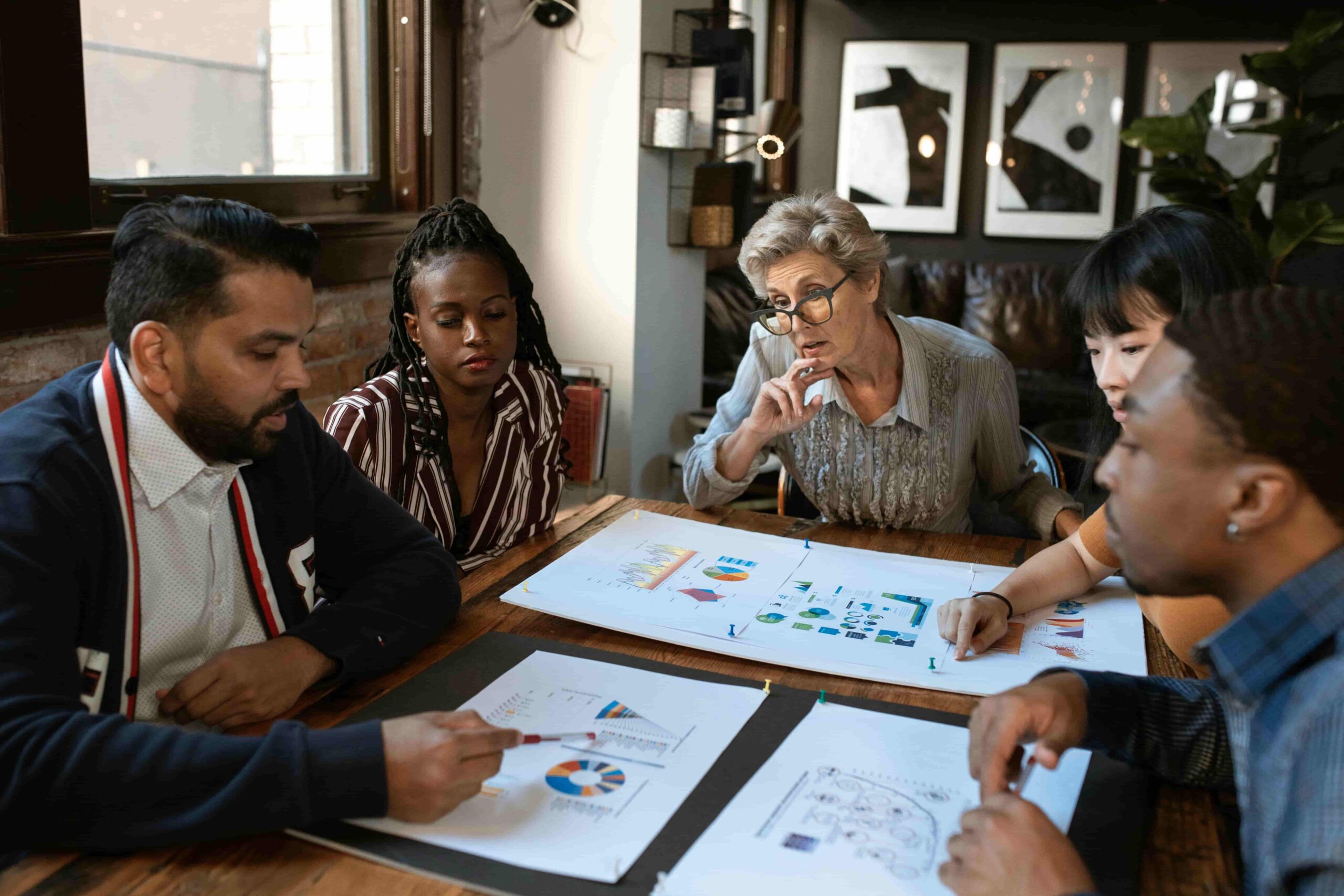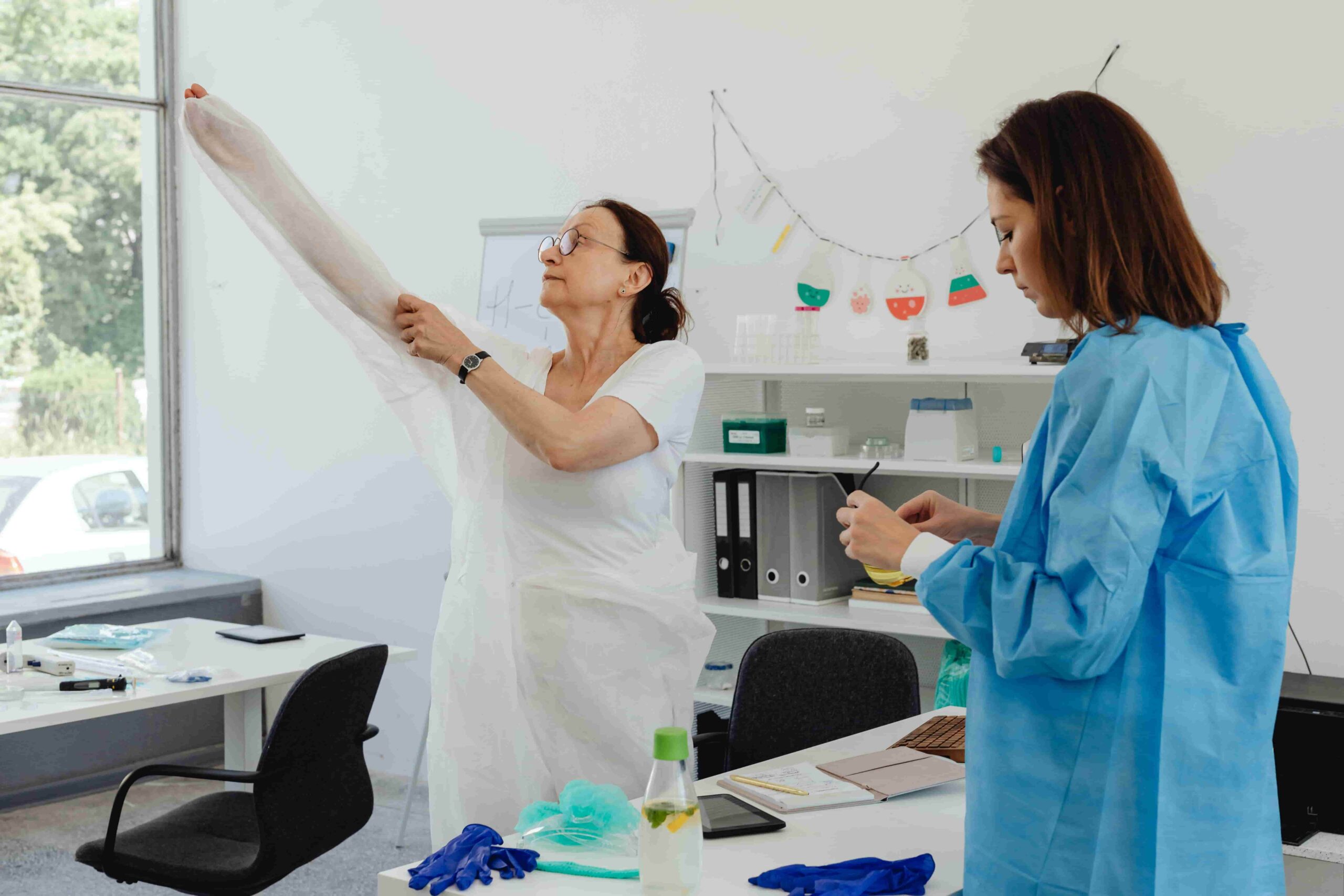Socio-emotional skills are learned according to the individual experiences of the learner, and considering this statement, the question I pose to you, teacher and partner of the Wadhwani Foundation, is the following: Is there a right and wrong answer when it comes to the learning of behavioral skills?
John Hattie, in his concept of Visible Learning found in the book “Visible Learning for Teachers: Maximizing Impact on Learning”, proposes that learning becomes more effective when it is possible to make it tangible and measurable. In other words, when the teacher not only teaches but also monitors and guides the student to understand what they are learning and how they are progressing. This involves setting clear goals and providing continuous feedback, essential elements for building behavioral skills. Here, the question is not “what is the right answer?” but rather “how is this competency being developed?”. For Hattie, teachers are among the most powerful influences on learning.
In Visible Learning, the teacher acts as an activator of the knowledge process, provides direction, reorientation, and creates strategies to help students see their own progress with well-defined goals. This student may not master communication immediately, but over time, with appropriate feedback and clear examples, they begin to develop this competency in a more visible way, both for themselves and for others. In this case, the process is more important than arriving at a “correct” answer, as each individual has their own pace and way of developing these skills.
This is where I want you, teacher, to engage in this reflection with me. When teaching these behavioral competencies, which are so highly valued in the working world, our role goes beyond transmitting knowledge. It is to help students understand how these skills are part of the whole they are building in their lives. The question we should ask ourselves is not about the existence of a right or wrong answer, but rather: “How can I help my student see this learning in a holistic way, within the context of their life?”
In the end, it is this comprehensive vision, this more holistic approach to human development, that will make the difference in our students’ professional lives. Because, in the job market, just as in life, there are no ready-made answers or infallible formulas. There is a continuous process of development, learning, and evolution, where right and wrong are merely temporary points of view. What really matters is how each person takes ownership of the learning and transforms it into something meaningful for themselves and for the world around them.
And how can we ensure that the student can express what they have learned and thus make visible how meaning was given to the learning object?
Activities or dynamics developed to be applied in Colabore Classes will provide students with the opportunity to put into practice the techniques and knowledge they have acquired in observable situations, guided by you, teacher, and with reflection on the results demonstrated in the classroom through group or individual activities. Connecting the activity results with the topic covered in the classroom to the “real world,” that is, applying the knowledge to solve problems or to define the best strategy to achieve a goal, makes it evident and visible why the student is learning and how they can use the learning object in their daily life.
So, the next time you are working with your students on behavioral skills, remember that you are not just teaching something that can be assessed on a test. You are helping to build human beings who are more prepared to face challenges, to interact with others, and most importantly, to understand themselves. And that, teacher, is the true essence of learning socio-emotional skills.
Have you accessed the Forum today to see what people are discussing there?
The Forum is yet another tool you can find on the Wadhwani Foundation’s learning platform. There, you’ll come across various topics offering diverse tips on employability, which can assist you in selection processes, job retention, and career progression.
To access the forum, simply scroll down the Wadhwani Foundation platform page to the bottom and click on “View Forum,” as shown in the image below:

Take advantage of reading this message to access the forum and share your thoughts on one or more topics that interest you.
5 tips to enhance your students’ experience with Interview Prep
Wadhwani Foundation’s Interview Prep is a powerful tool to prepare young people for the job market. With it, your students can practice their performance during a selection process, using questions specific to the role they are applying for, and receive instant feedback via artificial intelligence. But do you know how to make the most of Interview Prep? Check out five ways to integrate this tool into your planning and transform your students’ learning journey!
1 – Include interview prep in your lesson planning
Incorporate the platform into your class schedule. Interview prep doesn’t need to be a one-off event but rather a recurring practice. By creating dedicated moments for interview simulations, students build confidence and improve their responses over time.
How to do it: Plan ahead and set aside part of your lessons for this practice, sharing results and encouraging students’ continuous improvement. This way, they will be better prepared for the challenges of the job market, with well-structured responses and confidence in their presentation.
2- Use the history
Don’t let students’ progress go unnoticed! The platform stores the history of each interview simulation, allowing both you and your students to track their progress. Encourage them to review past performance, analyzing areas for improvement and focusing on the aspects that need the most attention.
How to do it: Review previous results and, based on improvement suggestions, help your students identify weak points and work on overcoming them. This allows them to see their progress and understand where they can still grow.
3 – Personalize the questions
Each student has a unique journey, so why not personalize the questions to reflect that? When selecting a question, encourage students to adjust the content using the text field available on the platform. This allows them to create questions more aligned with their experiences and goals.
How to do it: After choosing a question from the list, show how students can edit it in the text field, making it more relevant to their area of interest or personal experience. If they wish, they can even write a question from scratch, practicing for a question they encountered in a previous interview where they didn’t perform well. This personalization makes the practice more realistic and tailored to their reality.
4 – Alternate between text and video responses
Vary the way students respond. Starting with text is a great way to organize ideas, but real interview prep requires verbal practice. Encourage them to use the text field to draft their responses, and then challenge them to record videos simulating a real interview.
How to do it: Ask students to first write their responses to structure their thoughts and then record a video, practicing their speech. This practice not only improves clarity of response but also helps manage nerves in front of the camera.
5 – Challenge your students
Practice is key to mastering interviews. Each simulation offers valuable lessons, and through repetition, they can boost their confidence and fluency in answering. Encourage your students to practice repeatedly, reviewing results and applying feedback.
How to do it: Encourage students to retake interviews as many times as necessary, using the results provided by the platform. They can repeat the same questions until they reach the highest scores (4 or 5) and then move on to new questions.
Did you enjoy this? Have any great experiences using Interview Prep? Send your story to us via email at wobrasil@wadhwanifoundation.org or on our social media @wfbrasil.
1st Follow-up Journey of SENAI GO Pilot Projects

On September 9th and 10th, the Wadhwani Foundation and the Professional Education Management of SENAI GO organized an online series of meetings with teachers, supervisors, and managers from 12 SENAI units in the state of Goiás.
The meetings lasted between 40 to 45 minutes and aimed to foster a sensitive, open, and individualized dialogue with each teacher and their respective supervisor participating in the Employability Skills program, which has been ongoing since June of this year.
Among the objectives achieved during this journey, we were able to assess the practical application of the Wadhwani methodology for soft skills learning, engage in collaborative reflection on strategies, identify strengths and challenges for improvement, reevaluate paths based on early experiences, and view difficulties as opportunities for growth and improvement for everyone involved in the program.
We would like to thank all the participants for this intense moment of co-creation, especially Tais Moreira Silva from GEP – Professional Education Management, who made this journey possible.
SENAI and Wadhwani Foundation: together we are stronger!
By: Ludmila Oliveira de Carvalho (Project Manager at WF)
*The masculine form was used in this article solely in accordance with the formal writing norms of the Portuguese language of Brazil.



